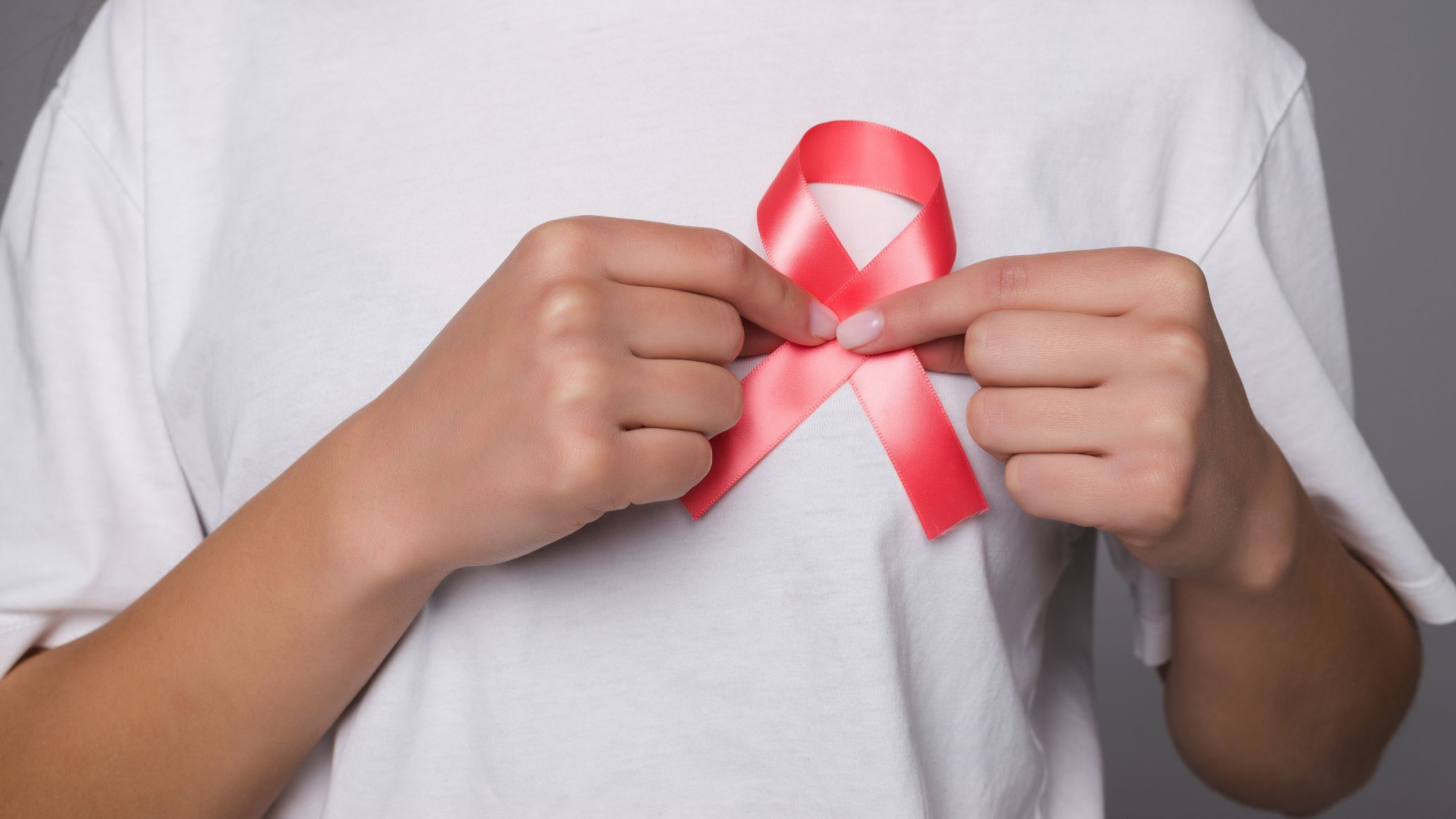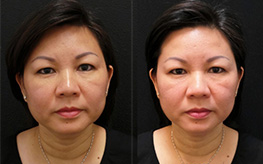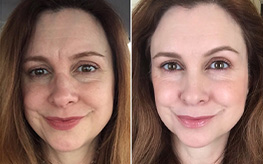Mastectomy
Conveniently located to serve the areas of Fountain Valley, CA

A mastectomy is a surgery to remove all breast tissue from a breast as a way to treat or prevent breast cancer. There are five different types of mastectomy: “simple” or “total” mastectomy, modified radical mastectomy, radical mastectomy, partial mastectomy, and subcutaneous (nipple-sparing) mastectomy.
Contents
Procedure
- The surgeon removes the entire breast.
- The surgeon does not remove lymph nodes in the underarm area. (Sometimes, however, lymph nodes are occasionally removed because they happen to be located within the breast tissue taken during surgery.)
- No muscles are removed from beneath the breast.
- Axillary lymph node dissection is performed, during which levels I and II of underarm lymph nodes are removed.
- No muscles are removed from beneath the breast.
- Levels I, II, and III of the underarm lymph nodes are removed.
- The surgeon also removes the chest wall muscles under the breast.
Partial mastectomy is the removal of the cancerous part of the breast tissue and some normal tissue around it:
- The surgeon removes more tissue in partial mastectomy than in lumpectomy.
During The Surgery
- All of the breast tissue is removed, but the nipple is left alone.
Deciding between a mastectomy and lumpectomy can be difficult. Both procedures are equally effective for preventing a recurrence of breast cancer. But a lumpectomy isn’t an option for everyone with breast cancer, and others prefer to undergo a mastectomy. A mastectomy is a way to treat breast cancer.
Considerations
- If you have a tumor that is larger than 5 centimeters.
- If your breast is small and a lumpectomy would leave you with very little breast tissue.
- If your surgeon has already made multiple attempts to remove the tumor with lumpectomy but has not been able to completely remove the cancer and obtain clear margins.
- If lumpectomy plus radiation is not an option for your small tumor (under 4 centimeters).
- If you have had prior radiation to the same breast, you have a connective tissue disease you are pregnant, or you do not want to commit to daily radiation treatment.
- If you believe mastectomy would give you greater peace of mind in order to prevent any possibility of breast cancer occurring.
Benefits
- You might feel more confident your cancer won’t come back.
- You usually won’t need radiotherapy after the surgery.
- You can have radiotherapy to the area if your cancer comes back in the future.
Ideal Candidate
You may be a candidate for a mastectomy if:
- You have two or more tumors in separate areas of the breast.
- You have widespread or malignant appearing calcium deposits throughout the breast that have been determined to be cancer after a breast biopsy.
- You’ve previously had radiation treatment to the breast region and the breast cancer has recurred in the breast.
- You’re pregnant and radiation creates an unacceptable risk to your unborn child.
- You’ve had a lumpectomy, but cancer is still present at the edges of the operated area and there is concern about cancer extending to elsewhere in the breast.
- You carry a gene mutation that gives you a high risk of developing a second cancer in your breast.
- You have a large tumor relative to the overall size of your breast. You may not have enough healthy tissue left after a lumpectomy to achieve an acceptable cosmetic result.
- You have a connective tissue disease, such as scleroderma or lupus, and may not tolerate the side effects of radiation to the skin
Recovery

When your mastectomy is complete, dressings or bandages will be applied to the incisions. A small, thin tube may be temporarily placed under the skin to drain any excess blood or fluid that may collect. You’ll probably stay for 1 or 2 days, though it might be longer if you had reconstruction.
Once you’re home, make sure to get plenty of rest, take your medications as prescribed, keep the area dry until your drains and stitches are removed. Exercise to keep your arms from getting stiff. Get all the help you can with meal prep, shopping, housework, childcare, pet care, rides to doctors’ appointments, and whatever else you aren’t ready to take on by yourself.
An elastic bandage or support bra may be worn to minimize swelling and support the breasts as they heal. Some people have numbness in the upper arm after surgery. It’s caused by damage to small nerves in the area where the lymph nodes are taken out. There’s a good chance that you’ll regain most of the feeling in your arm over time.
If you experience shortness of breath, chest pains, or unusual heartbeats, seek medical attention immediately. Should any of these breast reduction complications occur, you may require hospitalization and additional treatment.
Results
The results of a mastectomy will be long-lasting.



